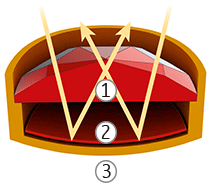Bronze age
Beginning of the era of bronze metal techniques and the first mining activities in our area. It was at this time that the lost-wax casting technique appeared, allowing this metal to be worked on.

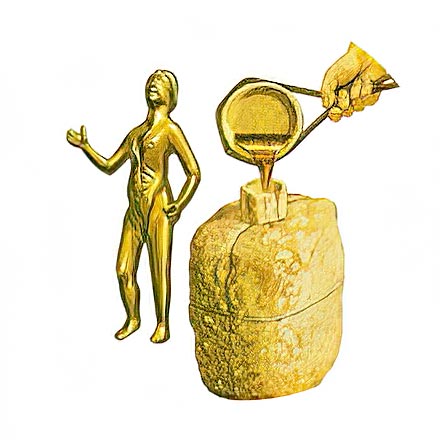
Beginning of the era of bronze metal techniques and the first mining activities in our area. It was at this time that the lost-wax casting technique appeared, allowing this metal to be worked on.
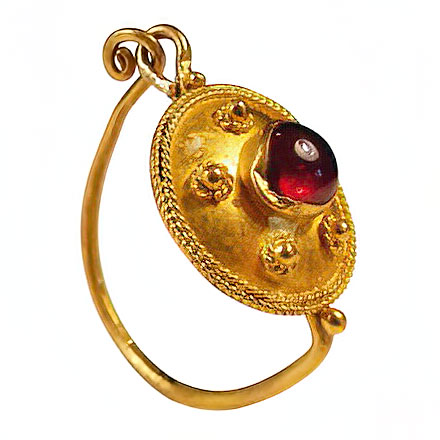
The installation of Greek trading posts marked the beginning of the extraction of iron and other materials such as gold, silver and the garnet. This is when the first jewels made with a stone, an enclosed receptacle (the “bezel”) and a reflector appeared.
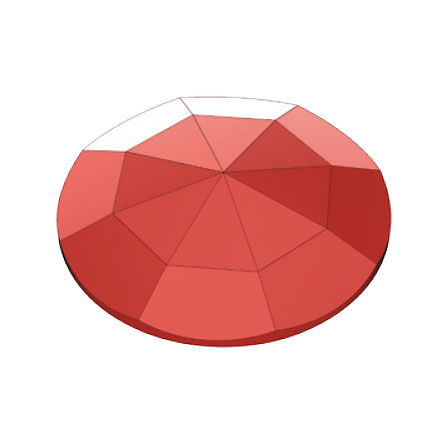
The design and mastery of certain tools made it possible, from this period onwards, to create more or less regular bases on the stones. This marked the dawn of manual faceting...
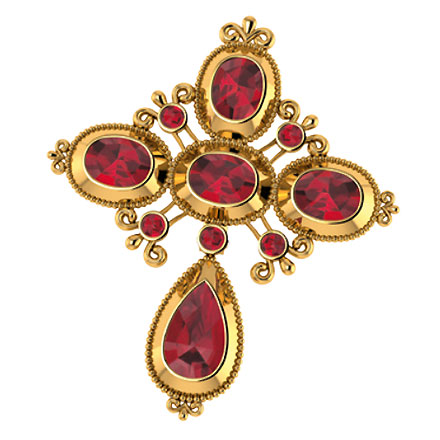
The technique of the enclosed “bezel” reflecting light gradually disappeared. It was preserved in our region only to assemble red garnets.
The “Catalan Garnet” and the “Joaillerie Catalane” were born!
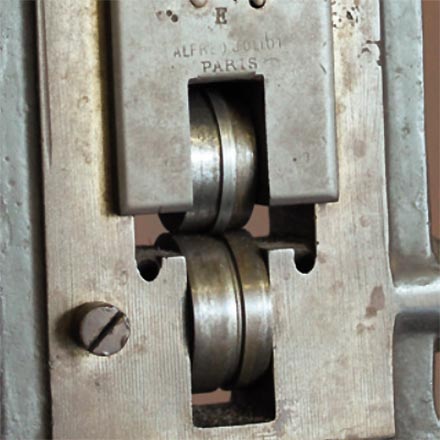
With the industrial revolution, new tools emerged, such as the crimping mill which was used by certain workshops and announced the beginning of in-series production.

The invention of the “Immutable Paillon” by Manufacture du Grenat made it possible to create the only Catalan Garnets that are waterproof and can be worn in all circumstances – under the veritable Joyaux Catalans® trademark.
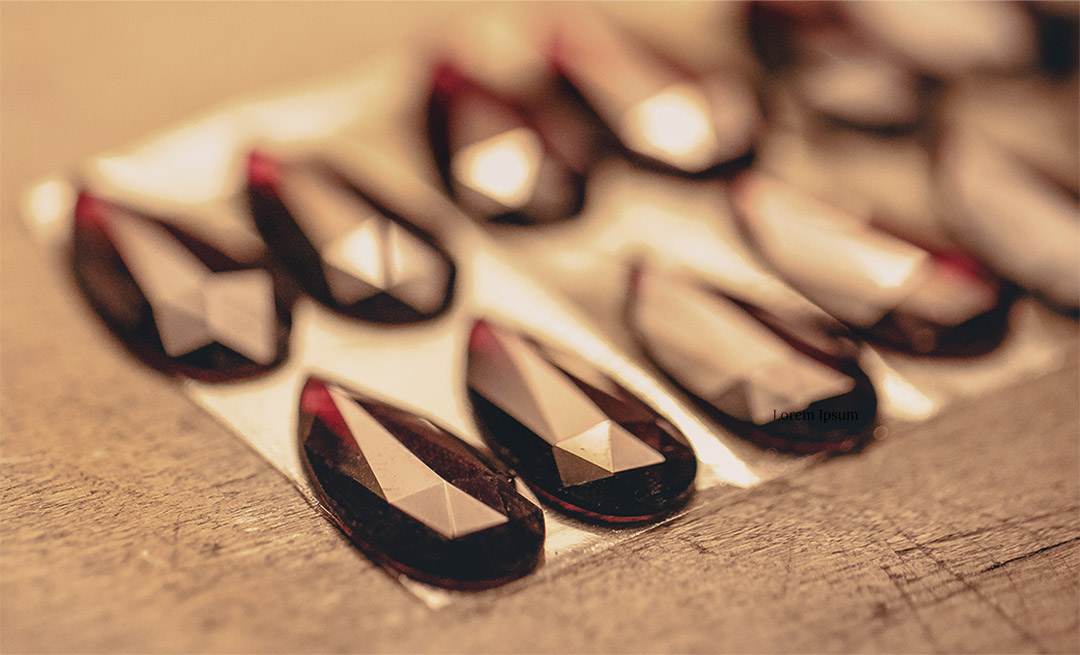
Garnets are fine (semi-precious) stones that belong to the family of isomorphic gems (identical crystalline structure) and come in various colours (from white to green).
The main varieties are pyrope, almandin, spessartite, grossular, andradite and uvarovite. The garnet owes its name to the rounded appearance of its crystals: the word “garnet” comes from the Latin “granus” meaning “grain”. Hardness index: 6.5 – 7.5.
Many garnets can be found in our region. They were mainly mined in ancient times. Mining gradually ceased during the Middle Ages as the quality of the stones was not thought suitable for use in jewellery making.
The name “Catalan Garnet” has always been confusing. Contrary to popular belief, the term “Catalan Garnet” does not actually mean that the garnet comes from our region.
When we talk about the “Catalan Garnet”, we are referring to a jewel which is made up of “red” garnets for which the technique of reflecting light was preserved in the sixteenth century in North Catalonia.
Light enters the stone and is reflected back by a mirror placed at the base of the bezel. When the light is reflected outwards, it displays all the colours of the stone.
